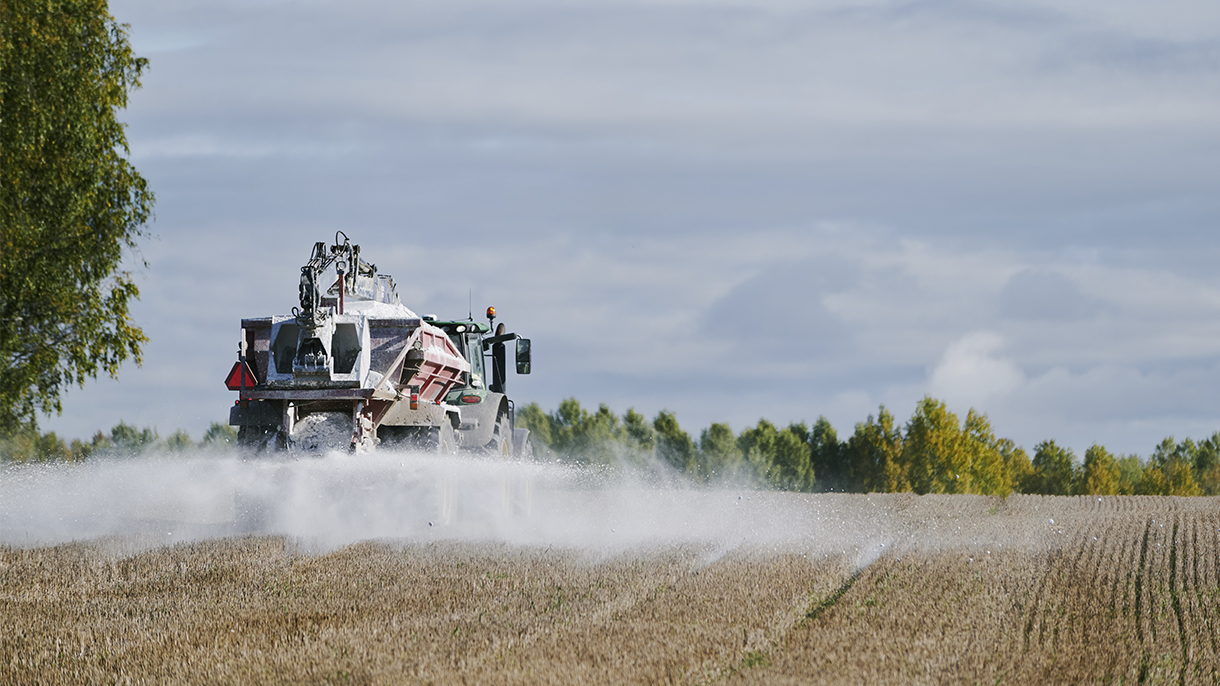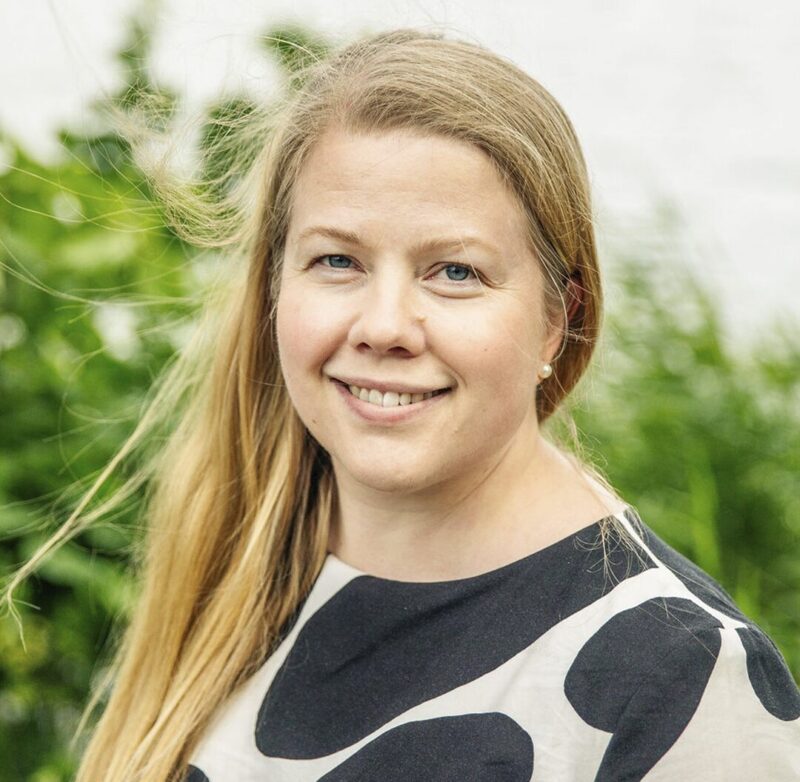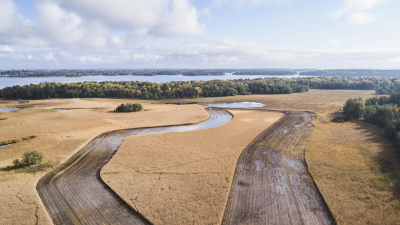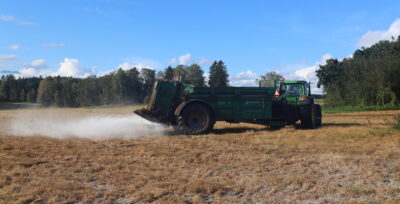GYPREG Project

Gypsum treatment of fields has been proven to be an effective method to reduce the nutrient load from agriculture into the Baltic Sea. In the GYPREG project, we promote gypsum treatment of fields in the coastal states of the Baltic Sea and support the broader adoption of the method.

More information:

How does the gypsum treatment of fields help the Baltic Sea?
The biggest problem for the Baltic Sea is eutrophication. Currently, most of the phosphorus load that causes eutrophication comes from agriculture, as phosphorus leaches from fields into waterways and ultimately the Baltic Sea.
Gypsum (calcium sulphate) improves the crumb structure of the soil and helps promotes the binding of phosphorus bind to soil. When phosphorus is bound in the soil, it’s runoff into water courses is reduced. Gypsum also reduces soil erosion and the runoff of the solid particles and organic carbon into waterways. Studies have shown that the gypsum treatment of fields effectively reduces phosphorus discharges into water courses: gypsum treatment can even halve the amount of phosphorus and solids entering water. The effect on the soil lasts for about five years.
Gypsum treatment on the world map
In Finland, the effects of gypsum treatment on soil, crops and waterways have been studied, and 52,000 hectares of fields have already been treated with gypsum. Gypsum treatment of fields has been found to be effective and has been included as a measure in the State’s Water Protection Programme. However, gypsum treatment is not so well known in other Baltic Sea countries and has not been recognised as an effective means of protecting the Baltic Sea.
In the GYPREG project, gypsum treatment is being studied and tested in Sweden, Latvia, Lithuania and Poland. The project is being led by the Finnish Environment Institute, and involves the John Nurminen Foundation from Finland and six other organisations from the target countries. The project receives fund from the European Union’s INTERREG Baltic Sea Region programme, which finances cross-border cooperation projects to aimed at improving coastal and marine environments.
It The project involves close cooperation between organisations in both the environmental and agricultural sectors in the target countries. The goal is to find suitable methods and conditions for the gypsum treatment of fields in each target country and region, and to pilot this method with farmers. Country-specific solutions are being sought in accordance with factors such as the cost of gypsum treatment, the availability of gypsum and local legislation.
The role of the John Nurminen Foundation in the project is to promote the expansion of gypsum treatment in the Åland Islands and to support the adoption of the method in other countries around the Baltic Sea.
The project aims to increase the use of this proven water protection method, thereby helping EU Member States to fulfil their obligations under the EU Water Framework Directive, Marine Directive and Maritime Safety Directive, as well as to achieve the target set by the Baltic Marine Environment Protection Commission (HELCOM) of getting the Baltic Sea’s coastal waters into good condition by 2030.
The experiences and insights from the project will be utilised in, for example, policy recommendations and various educational materials.


